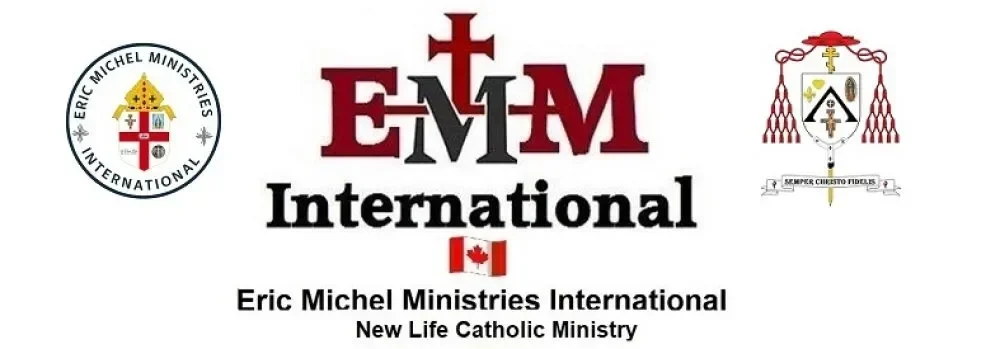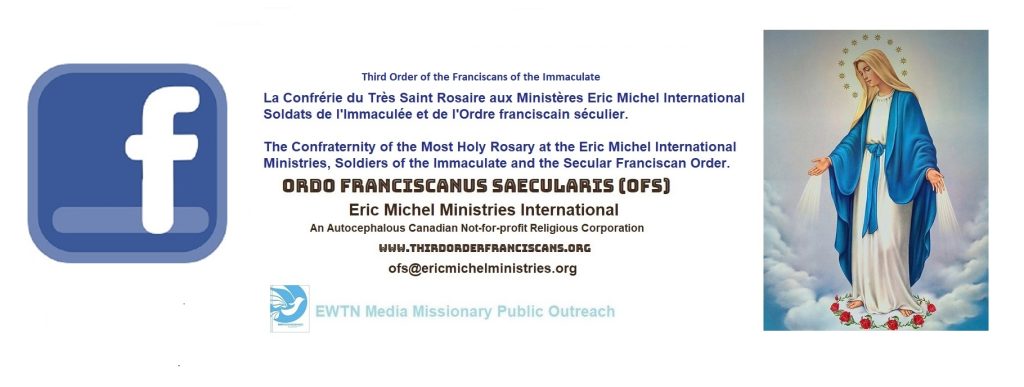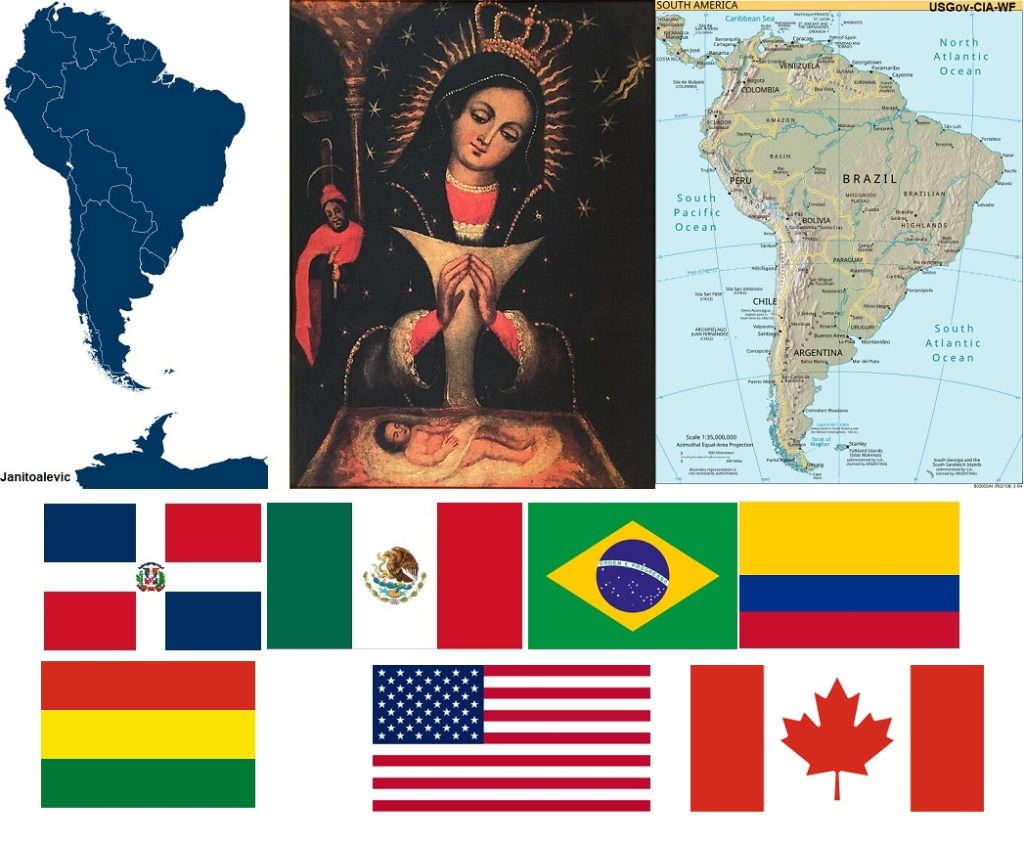
The Confraternity of the Most Holy Rosary at the Eric Michel International Ministries,
Soldiers of the Immaculate and the Secular Franciscan Order.
La Confrérie du Très Saint Rosaire aux Ministères Eric Michel International,
Soldats de l’Immaculée et de l’Ordre franciscain séculier.
https://www.facebook.com/groups/emmiconfraternity
Ministerios Internacionales Eric Michel creó la Provincia Franciscana
de Nuestra Madre Señora de las Altas Gracias de América del Sur.
https://www.facebook.com/groups/pfmagas

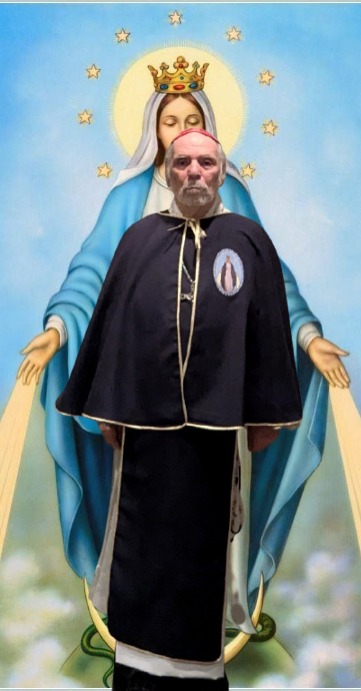
Nuestra Madre Señora de las Altas Gracias
Our Mother Lady of High Graces
Notre Dame des Hautes Grâces
Throughout South America, the Virgin Mary is venerated under many different titles and apparitions,
each deeply connected to local culture and history. Some of the most significant apparitions
and devotions in the region include:
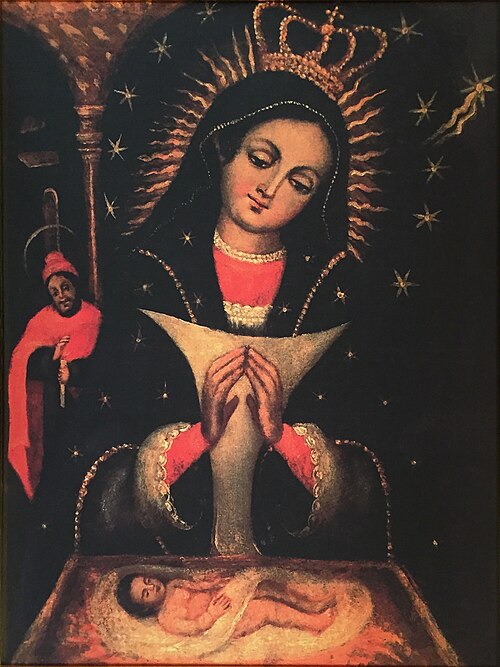
Our Lady of Altagracia or the Virgin of Altagracia, (Our Lady of High Grace) in Catholic Marian devotion, is a title of Mary by which she is honored as the “protective and spiritual mother of the Dominican people.” The title also is used for a particular image of Mary with the baby Jesus in a manger. Her patronal feast day is January 21, a holiday/non-working day in the Dominican Republic on which many faithful devotees of the Virgin come from all over the Dominican territory to the Basilica-Cathedral of Our lady of Altagracia, in the province of La Altagracia. Devotion to her is also prominent in areas outside of the Dominican Republic where Dominican influence flourishes, including New York City, where her feast marks the beginning of Dominican Heritage Month.
The image of the Virgin of Altagracia shows symbols and imagery that are important in Marian devotion, including Jesus in a manger, a crown of stars and a mantle of stars for Mary, and symbolic colors.
The feast day was officially established by a bishop in 1692, but devotion had probably begun a century or two earlier. One story said that the venerated image is based on an appearance of Mary to a young girl in Spain, and that the painting was brought to Hispaniola by two brothers when the Spanish were establishing a colony; another says that a girl on the island had a dream of the “Virgin of Altagracia,” prompting her father to find the image and bring it to the village of Salvaleón de Higüey around 1500. The Virgin’s intercession is credited for victory of a Spanish-Dominican force over a French force in 1691.
In the 20th century, this devotion was given various forms of affirmation and approval, including the Dominican Congress’ declaration of an official holiday, a papal declaration by Pius XI, and a blessing of the Basicilia-Cathedral (then called the Sanctuary of Altagracia) by Pope John Paul II during his 1979 visit. Similarly, Pope Francis sent a golden rose to honor her in 2022.
The “Holy Mary” in South America refers to several important Marian devotions,
such as Our Lady of Aparecida in Brazil, Our Lady of the Navigators, also popular in Brazil,
and Our Lady of Las Lajas in Colombia. The presence of the Virgin Mary in the Americas
is also linked to the earlier devotion to Our Lady of Guadalupe,
which became a major symbol in Mexico and is deeply connected to the history of Spanish conquest.
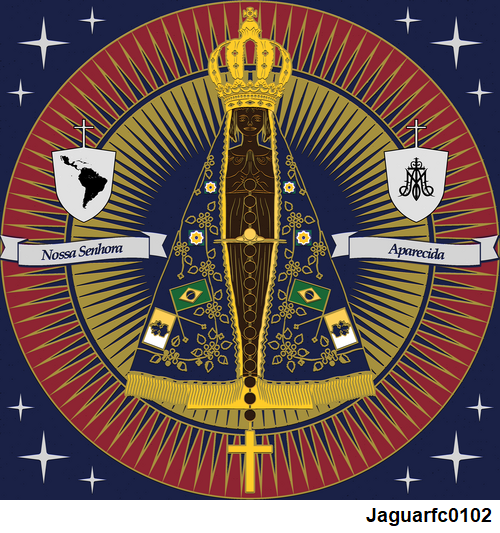
Our Lady of Aparecida: The patroness of Brazil, with her basilica being a major pilgrimage site.
Our Lady of the Navigators: A title for the Virgin Mary with a strong presence in South America, especially Brazil, celebrated on February 2nd.
ur Lady Aparecida (“Our Lady, the Appeared”), (Portuguese: Nossa Senhora Aparecida or Nossa Senhora da Conceição Aparecida) is a title of the Blessed Virgin Mary associated with the Immaculate Conception.
Her image, a dark clay statue, is widely venerated by Brazilian Catholics, who consider her as the principal patroness of Brazil. Historical accounts state that the statue was originally found by three fishermen who miraculously caught many fish after invoking the Blessed Virgin Mary. The statue is currently housed in the Basilica of the National Shrine of Our Lady Aparecida in Aparecida, São Paulo, Brazil.
Colonial documents and papal bulls have referred to the image as Nossa Senhora da Conceição Aparecida. The feast day of Our Lady Aparecida in the Roman Rite is on October 12, which is also a public holiday in Brazil since 1980. The building in which the image is venerated was granted the title of a minor basilica by Pope John Paul II in 1980, and is the largest Marian shrine in the world, being able to hold up to 45,000 worshippers.
Controversy about the statue was ignited in May 1978 by an intruder who stole the clay statue, which was smashed as he was apprehended, from its shrine, and again in 1995, when an evangelical minister insulted and vandalized a copy of the statue on Brazilian national television, specifically on Rede Record, in what became known as the Chute na santa incident.
The following papal documents concern the famed statue:
- Pope Leo XIII mentioned the Brazilian devotion in 1903
- Pope Pius X granted a canonical coronation to the image on 8 September 1904
- Pope Pius XI declared Mary under this title Patroness of Brazil through a papal bull of 16 July 1930, signed by Cardinal Eugenio Pacelli
- Pope Paul VI granted the image her first golden rose on 12 August 1967
- Pope John Paul II consecrated her new shrine and on the same date raised it to the rank of minor basilica on 4 July 1980
- Pope Benedict XVI granted the image her second golden rose on 12 May 2007
- Pope Francis granted the third golden rose on 9 October 2017, honoring the 300th anniversary of the devotion
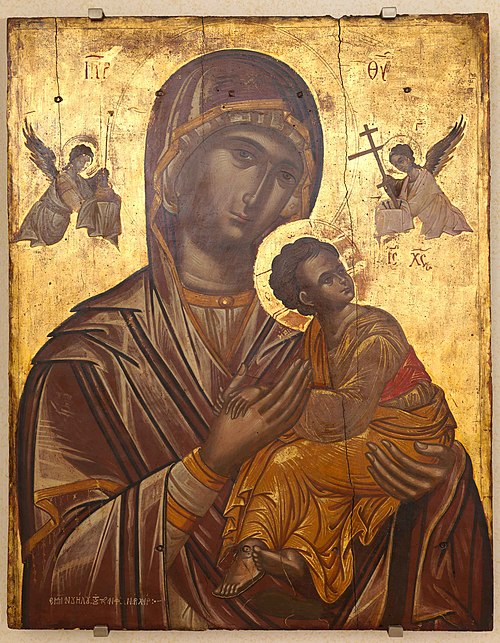
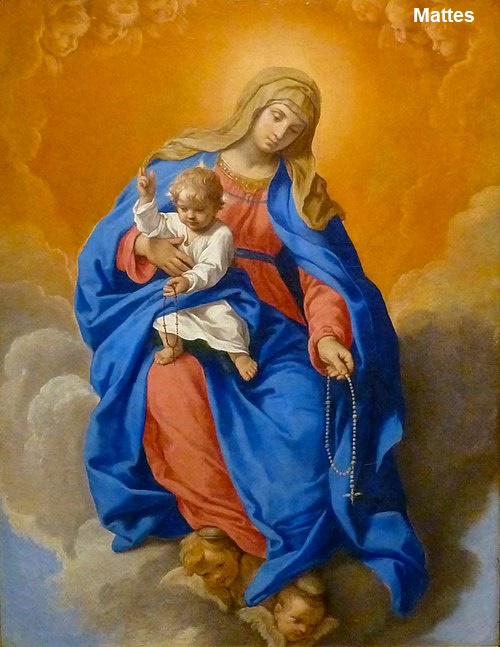
Our Lady of the Rosary
Our Lady of the Rosary of San Nicolás (Argentina)
Significance: This Marian devotion is associated with reported private revelations to a housewife in the city of San Nicolás de los Arroyos, beginning in 1983. It is now a major pilgrimage site.
Our Lady of the Rosary of Chiquinquirá (Colombia)
Significance: This Marian devotion is so important that Colombian liberator Simón Bolívar visited her image when he arrived in the city.
Sanctuary of Las Lajas, believers claim that the colorful Madonna and Child image displayed on the rock wall is of divine origin, and that it was formed without human intervention. The current church was built in a neo-gothic architectural style between 1916 and 1949. The name Laja is Spanish for a flagstone, and comes from the name of a type of flat sedimentary rock.
Pope Pius XII granted a Pontifical Decree of coronation to the image as Sancta Virgo de Rupe (English: Holy Virgin of the Rock) on 31 May 1951. He also raised the Marian shrine to the status of a Minor basilica via his decree Templum per Decorum on 30 August 1954.
Pope Paul VI granted the Marian title as the Virgin of the Holy Rosary as the Patroness of Ipiales via his decree Tutela Cælestis Virtutis on 26 April 1965. It is a popular pilgrimage site for Christians from both Colombia and neighboring Ecuador, due to a Marian apparition that is purported to have taken place in the 18th century.
Our Lady of the Rosary of Las Lajas (Colombia)
Significance: This Marian shrine is a popular pilgrimage site for people from both Colombia and neighboring Ecuador.
Story: An image of the Virgin Mary holding the Christ Child is said to have miraculously appeared on a rock wall inside a cave in the 18th century, with the first vision occurring to an Indigenous woman and her deaf-mute daughter.
Architecture: The image is housed in the stunning Sanctuary of Las Lajas, a neo-Gothic basilica built on a bridge over the Guáitara River in a canyon.
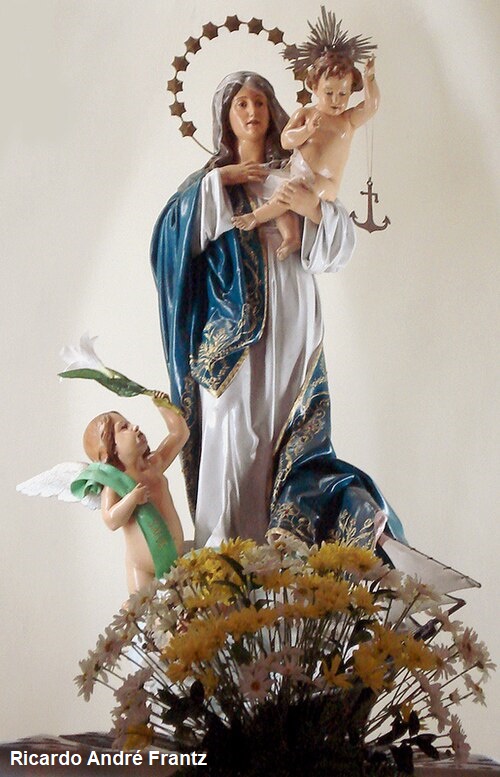
Our Lady of Navigators also known as Our Lady of Seafarers (Nossa Senhora dos Navegantes in Portuguese) is a devotional title given to the Virgin Mary by Roman Catholics. It is a widespread devotion in South America, especially in Brazil, where her holy day is celebrated on 2 February, it is an official holiday on the city of Porto Alegre. Several churches in Brazil are dedicated to Our Lady of Navigators.
Significance: Also known as Nossa Senhora dos Navegantes in Portuguese, this is a widely celebrated devotion in Brazil, with her feast day celebrated on February 2.
Devotion: The first statue of this devotion in South America was brought from Portugal, and a religious procession called the Procissão no Mar takes place in most Brazilian coastal cities.
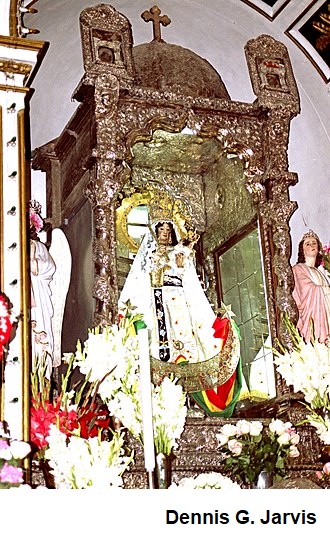
Our Lady of Copacabana (Bolivia)
Story: This statue of the Virgin Mary was made by Francisco Tito Yupanqui around 1583. The four-foot-high figure is carved in the colors and dress of an Inca princess.
The Virgen de Copacabana (literal translation: Virgin of Copacabana; figurative translation: Our Lady of Copacabana; variant: Blessed Virgin of the Candelaria, Our Lady of Copacabana) is the patron saint of Bolivia. She is venerated in Bolivia during her feast day of 2 February, the day of the Purification of Mary, or feast of the Virgen de la Candelaria. She is also venerated on 5 August with her own liturgy and popular celebration.
Pope Pius XI granted the image a decree of Canonical coronation on 29 July 1925 and was crowned on 1 August the same year
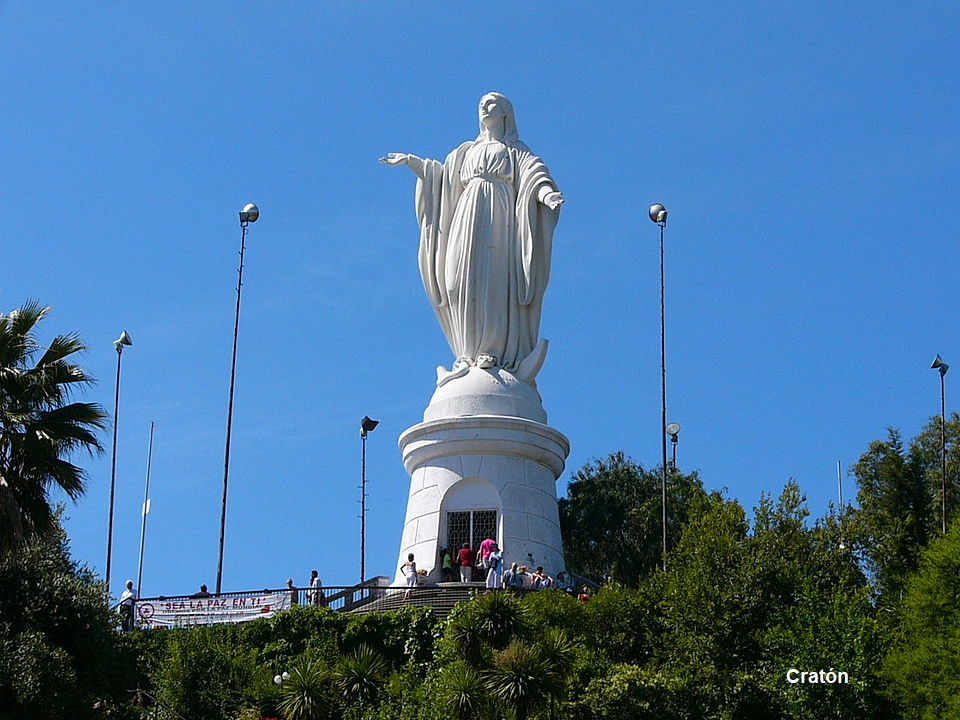
The Immaculate Conception (Chile)
Significance: A large statue of the Immaculate Conception on San Cristóbal Hill is one of the main places of worship for Catholics in Chile.
Structure: The 14-meter-tall statue stands on an 8.3-meter pedestal and is a well-known icon of Santiago, Chile
Our Lady of Guadalupe: While Mexico is in North America,
its influence is significant throughout the continent,
and the devotion is tied to the Spanish conquest of the Americas.
The image is seen as a powerful symbol of both Mexican and broader Latin American identity.
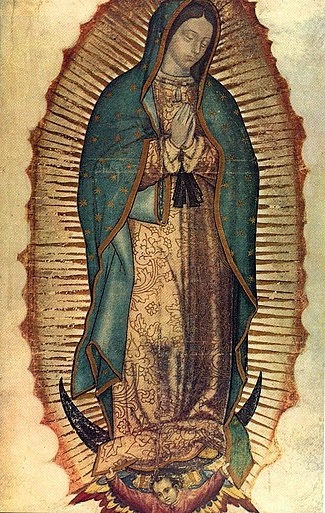
Our Lady of Guadalupe (Mexico)
Significance: Though geographically in North America, this apparition of the Virgin Mary is a powerful symbol of inclusive love for millions of Latinos and is revered across all the Americas. In 1999, Pope John Paul II declared her “Patroness of the Americas”.
Story: In 1531, the Virgin Mary appeared to an Aztec convert named Juan Diego. She left her image miraculously imprinted on his cloak as proof of her visitation to the local bishop.
Symbolism: Her image combines European Catholic symbols with imagery from the Aztec religion, showing her with the skin color and features of a mestiza (a woman of mixed Indigenous and European heritage).

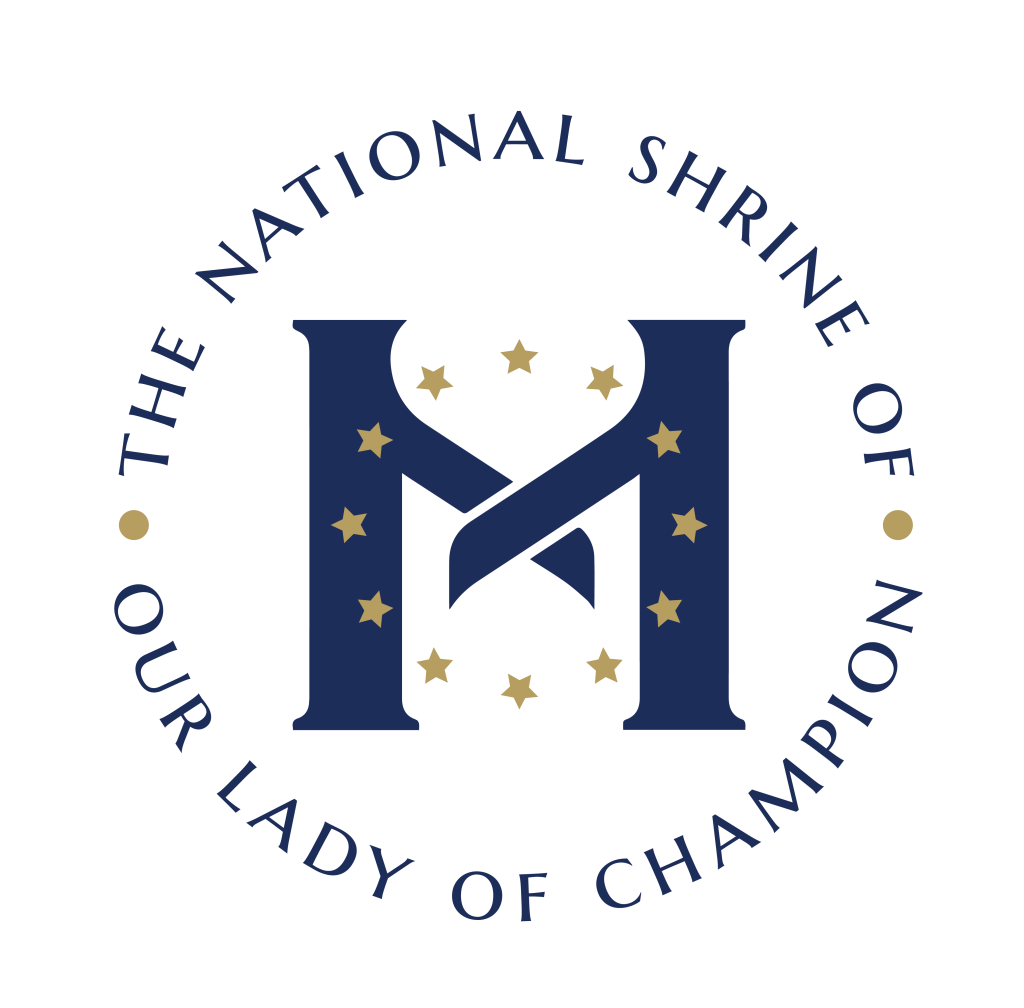
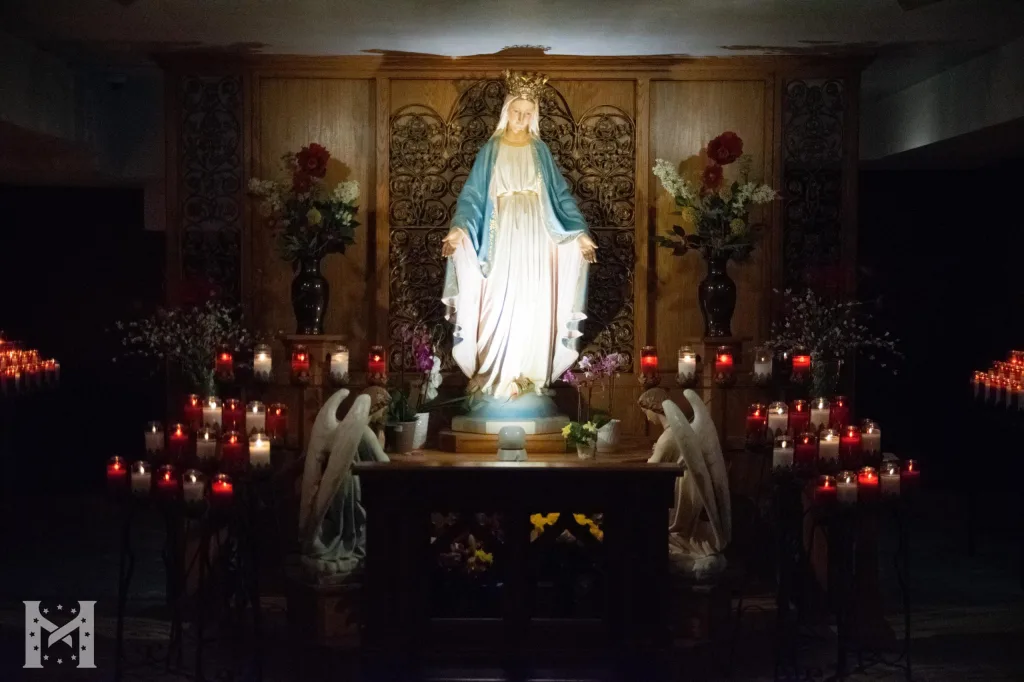
The National Shrine of Our Lady of Champion, formerly dedicated as the Shrine of Our Lady of Good Help, is a Catholic shrine to Mary, mother of God located within the Diocese of Green Bay in the United States. The chapel is in the Champion section of the town of Green Bay, about 16 miles (26 km) northeast of downtown Green Bay proper. It stands on the site of the reported apparition of Mary to a Belgian-born woman, Adele Brise, in 1859.
The apparition was formally approved on December 8, 2010, by Bishop David L. Ricken, becoming the first Marian apparition approved by the Catholic Church in the United States. Bishop Ricken also approved the chapel as a diocesan shrine, recognizing its long history as a place of pilgrimage and prayer. On August 15, 2016, the U.S. Conference of Catholic Bishops designated the shrine as a national shrine. In recognition of this, the shrine’s name was changed to The National Shrine of Our Lady of Good Help.
On April 20, 2023, the name of the shrine was changed to The National Shrine of Our Lady of Champion.


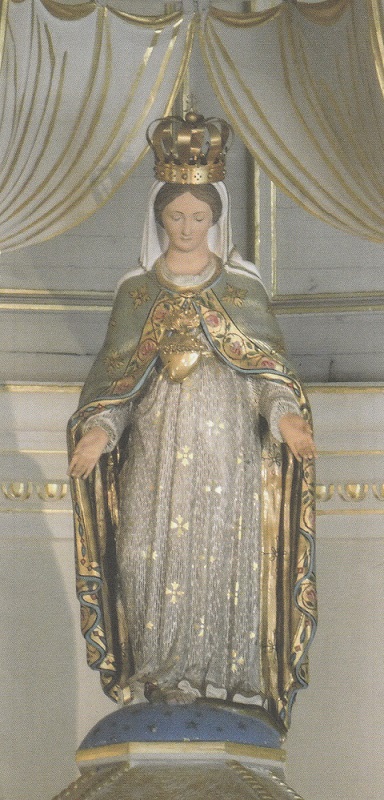
Our Lady of the Cape
Our Lady of the Cape (Notre-Dame-du-Cap in French) is a title given to Mary the Mother of God in Cap-de-la-Madeleine, Quebec Canada. The title refers specifically to a statue of the Blessed Mother which is currently located in the Old Shrine
Deep Marian Devotion existed in Cap-de-la-Madeleine since 1694 with the institution of the Brotherhood of the Rosary under Father Paul Vachon. In 1720, Father Vachon built a small fieldstone church to replace an earlier wooden structure. Father Vachon died in 1729, and was buried in the church. Without a resident pastor, the parish fell into decline. It was not until 1845 that the Bishop appointed Fr. Leandre Tourigny to be the settlement’s resident priest.
In 1867, devotion to Mary was revived under Father Luc Desilets. After he had been deeply disappointed seeing a pig from nearby farms inside the church chewing a rosary left by some pilgrim, Fr. Desilets vowed to consecrate himself to the Blessed Virgin and re-introduce the rosary devotion to his parishioners.

- https://franciscanseucharist.com/bro-erics-certificates/
- https://franciscanseucharist.com/pilgrimages/
- https://franciscanseucharist.ca/mary-of-nazareth/
- https://franciscanseucharist.com/our-lady-of-the-rosary/
- https://franciscanseucharist.com/marian-movement-of-priests/
- https://franciscanseucharist.com/the-met-archiep/
- https://franciscanseucharist.com/brother-eric/
